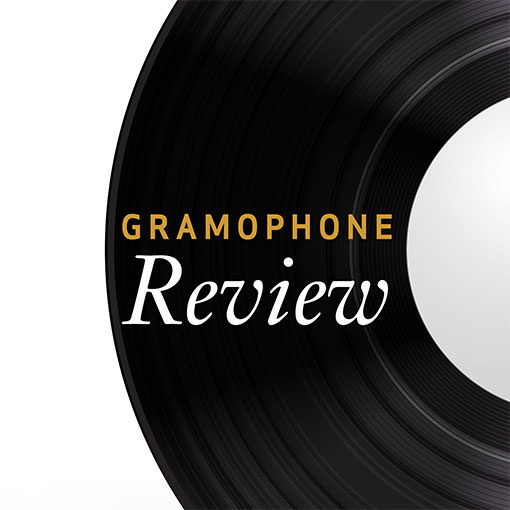Byström Orchestral Works
View record and artist detailsRecord and Artist Details
Label: Sterling
Magazine Review Date: 12/1998
Media Format: CD or Download
Media Runtime: 60
Mastering:
DDD
Catalogue Number: CDS10252

Author: Robert Layton
These are all first recordings and are in fact the composer’s debut in the CD catalogue. His father, Thomas Bystrom (1772-1839) was once represented on the Finlandia label by his Air Russe variee and, unless memory deceives me, some violin sonatas. Apart from his musical activities as teacher, an accomplished pianist and conductor, Oscar Bystrom served as an army officer and, like Berwald, maintained a profile outside music. (He invented the hydropyrometer, an instrument for measuring pressure in blast furnaces, for which he was awarded a medal in London in 1862.) His symphony dates from 1872 and was first performed two years later under Ludwig Norman, who had introduced the Berwald Symphony in E flat to Stockholm audiences the same year.
The present symphony, though obviously influenced by Berwald, is by no means as expertly fashioned and certainly not as well scored. The first movement’s second subject is memorable and, I think, worthy of Berwald. In any event it is good to satisfy one’s curiosity about the piece and to make the acquaintance of the Overture in D major and the Overture to Bystrom’s operetta, Herman Vimpel, written immediately after the symphony – and like that work, in D minor, and much indebted to Berwald. The slightly later Andantino for orchestra has a great deal of charm. Carlos Spierer and his players do not observe one or two of the tempo markings, for example the piu mosso at bar 29 (track 5, 1'15'') of the middle movement but the definitive orchestral score may, of course, not be so marked. All in all, this welcome and interesting CD reveals Bystrom as a pleasing if modest talent, whose music is well schooled, gives pleasure and is well worth getting to know. Serviceable playing and clean, well-focused recording.'
The present symphony, though obviously influenced by Berwald, is by no means as expertly fashioned and certainly not as well scored. The first movement’s second subject is memorable and, I think, worthy of Berwald. In any event it is good to satisfy one’s curiosity about the piece and to make the acquaintance of the Overture in D major and the Overture to Bystrom’s operetta, Herman Vimpel, written immediately after the symphony – and like that work, in D minor, and much indebted to Berwald. The slightly later Andantino for orchestra has a great deal of charm. Carlos Spierer and his players do not observe one or two of the tempo markings, for example the piu mosso at bar 29 (track 5, 1'15'') of the middle movement but the definitive orchestral score may, of course, not be so marked. All in all, this welcome and interesting CD reveals Bystrom as a pleasing if modest talent, whose music is well schooled, gives pleasure and is well worth getting to know. Serviceable playing and clean, well-focused recording.'
Discover the world's largest classical music catalogue with Presto Music.

Gramophone Digital Club
- Digital Edition
- Digital Archive
- Reviews Database
- Full website access
From £8.75 / month
Subscribe
Gramophone Full Club
- Print Edition
- Digital Edition
- Digital Archive
- Reviews Database
- Full website access
From £11.00 / month
Subscribe
If you are a library, university or other organisation that would be interested in an institutional subscription to Gramophone please click here for further information.





